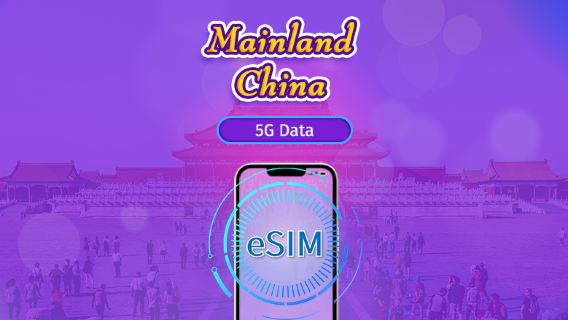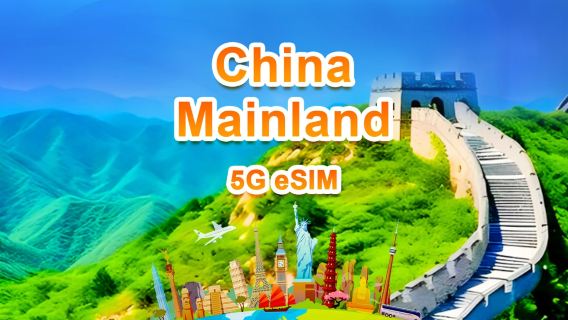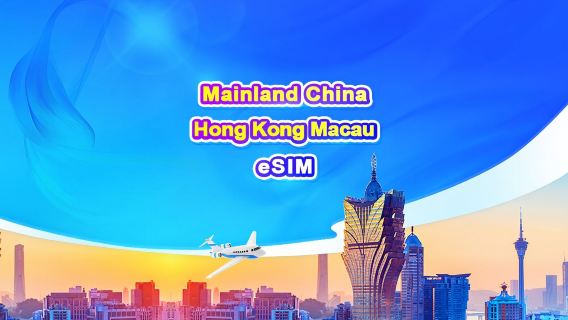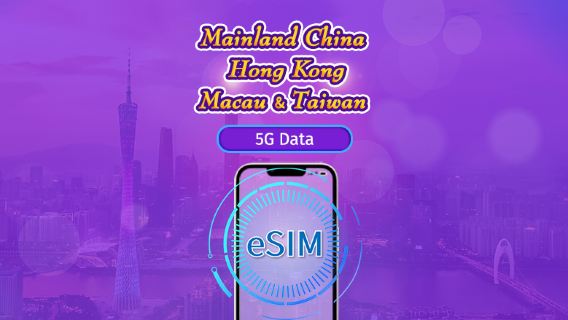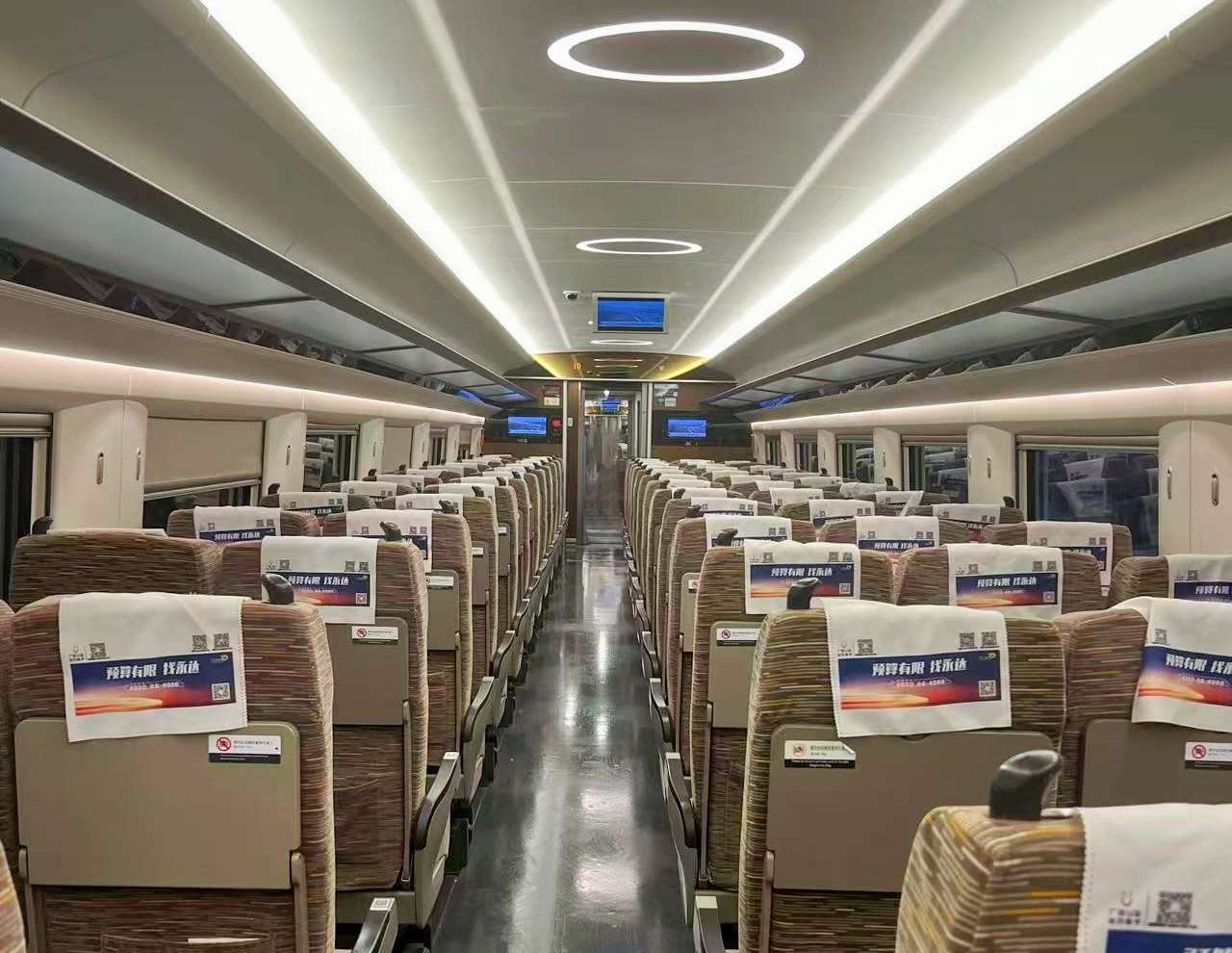
Not sure whether to book first or second class when travelling by high-speed rail in China? You're not alone! We will compare the pros and cons of the two types of seats in detail from aspects such as seat size, carriage environment, and ticket price differences. After reading this article, you will know which one to choose! Let’s explore the benefits of each class together and find your ideal seat!
First Class vs 2nd Class on China High Speed Train
China’s high-speed trains offer 3 main seating classes: Second Class, First Class and Business Class, with Premium First Class also available on select routes. First Class is widely available across most trains, while Premium First Class is typically found on popular routes like Shanghai-Beijing, operated by the advanced Fuxing Hao smart trains. These seat options meet the needs of different passengers, balancing comfort and economy.
Second Class is the standard and most economical choice, with 5 seats per row (2+3 layout), ample legroom and amenities. (Premium) First Class offers a more spacious layout with 4 seats per row (2+2), wider seats, additional comfort facilities like retractable footrest.
Ticket prices vary widely between different classes. For example, a ticket from Beijing South to Shanghai Hongqiao on a G train (G1, 4h 29m) costs £67.96 for Second Class, £108.82 for First Class, and £149.57 for Premium First Class (based on Trip.com data). The price difference reflects the level of comfort and extra services provided.
Here's a detailed comparison of 1st Class and 2nd Class to help you choose the best option for your journey.
| Feature | 1st Class* | 2nd Class |
Seat Layout | 2+2 (2 seats per row) | 3+2 (3 seats on one side, 2 on the other) |
Seat Width | 19–20 inches (48–51 cm) | 17–19 inches (43–48 cm) |
Legroom | 40+ inches (100+ cm) | 32–36 inches (80–90 cm) |
Recline | Deeper recline (up to 32°) + footrest | Moderate recline (24.5°) |
Comfort | Thicker padding, adjustable headrest | Standard cushioning |
Power Outlets | 1–2 outlets per seat (USB+AC) | 1–2 outlet per row (shared) |
Tray Table | Large fold-out table | Small back-seat tray |
Storage | Overhead + Luggage rack | Overhead + Luggage rack |
Service | Free snack/water (on some routes) | Buy from trolley/restaurant car |
Noise Level | Quieter (front of train) | More passengers/children |
Price | 30–50% more expensive than 2nd Class | Standard fare (most affordable) |
*Seating arrangements may vary by train.
China High Speed Train First Class and Second Class Seat Map & Layout
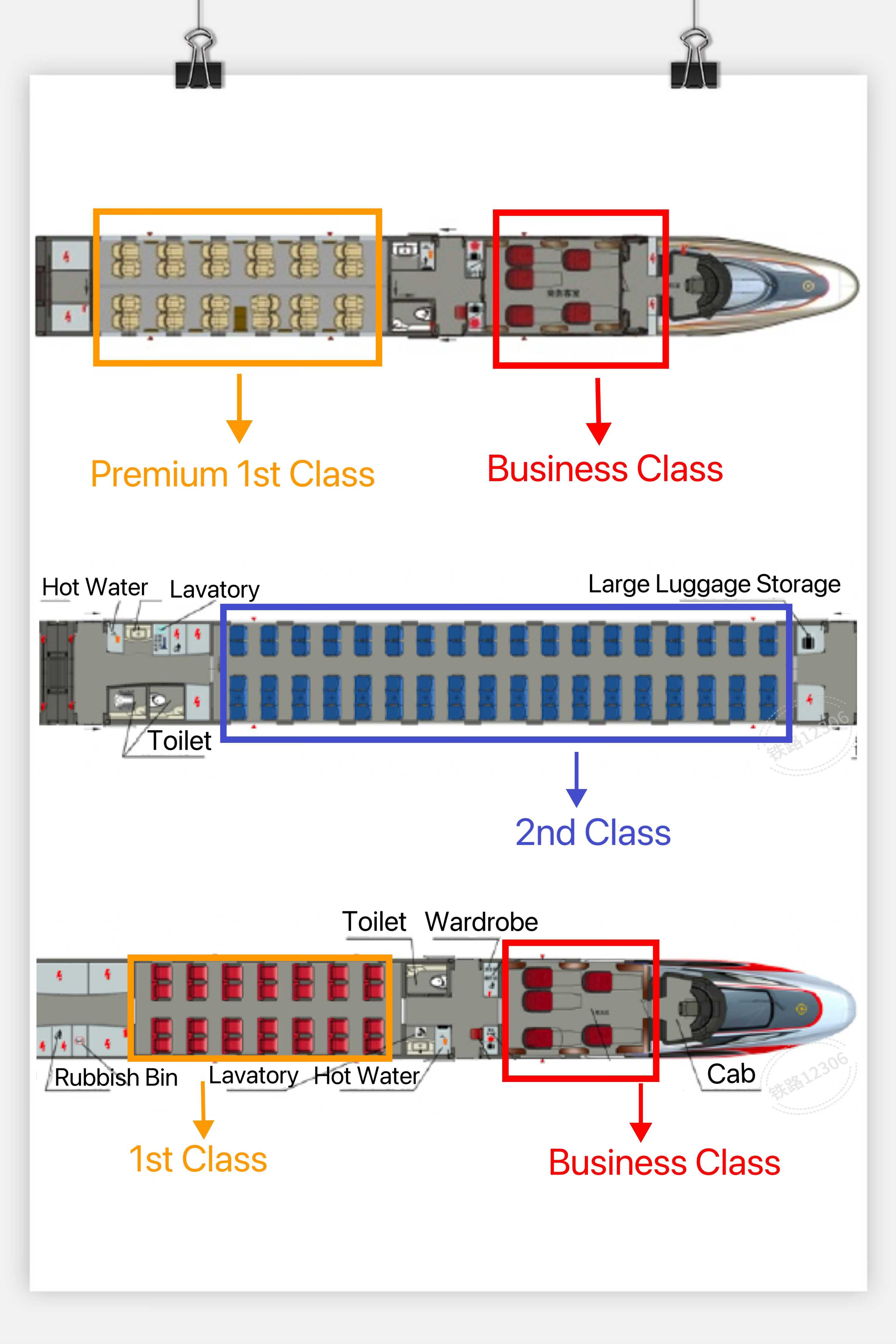
*This picture is translated by Trip.com from the 12306 official
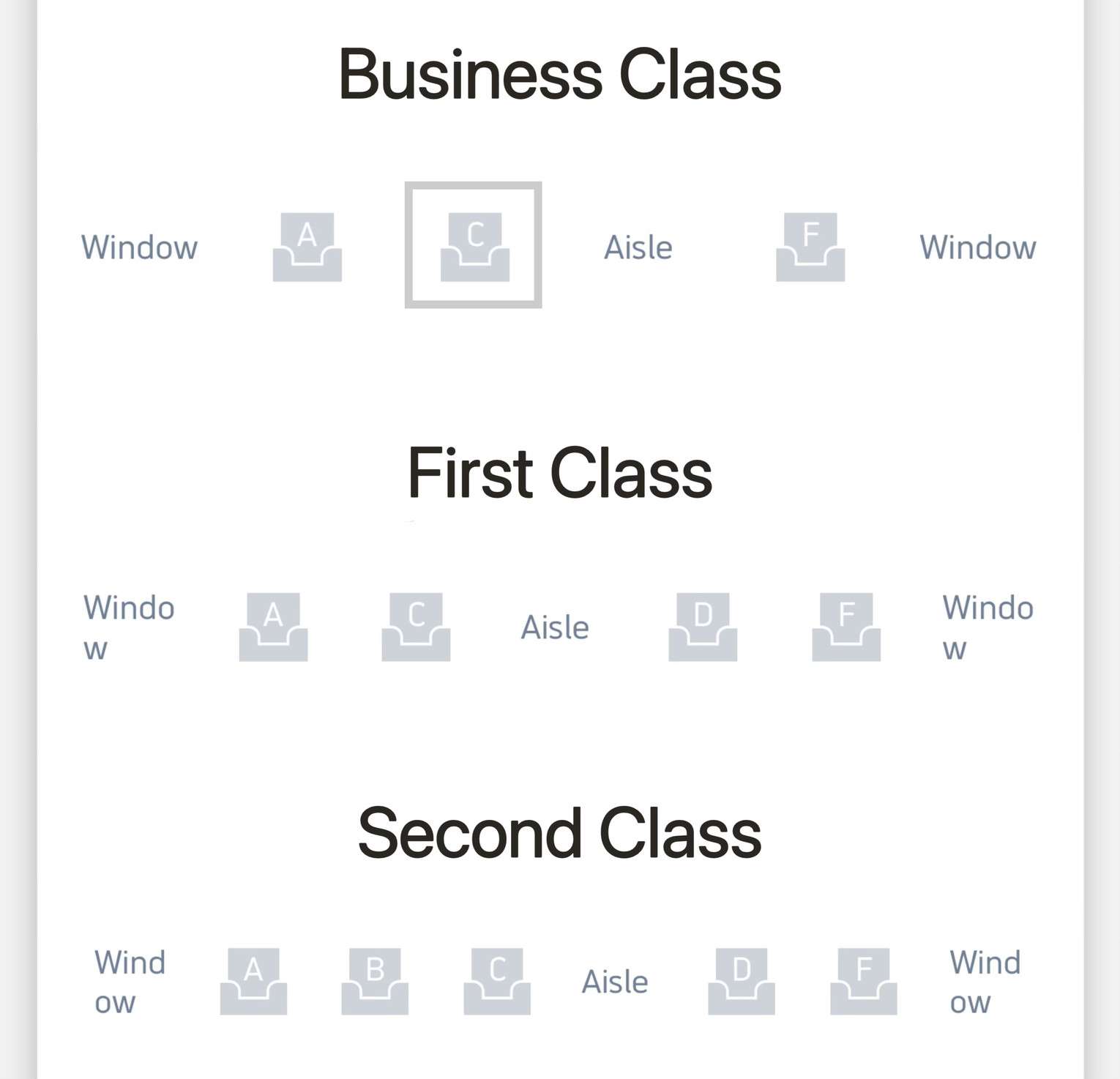
*First Class, Second Class & Business Class Seat Layout
China Bullet Train First Class

First Class and Premium First Class, Image credit: Railway 12306
Unlike first class on airplanes, which is the highest level, first class on China's high-speed rail is a mid-level option, between ordinary second class and luxury business class - better than Standard Class but more affordable than Business Class. This is a great option for travellers who want extra comfort without spending too much.
The space in First Class is significantly larger than that in standard class. The wider seats (about 48–51 cm/19–20 inches across) give ample room to relax, while the generous legroom (approximately 40cm between rows) is ideal for taller passengers. Each seat reclines smoothly between 5 and 32 degrees, allowing you to find your perfect position whether you want to work, read, or rest.
The First Class layout enhances the travel experience. With 2 seats on each side of the aisle (2-2 configuration), First Class feels noticeably less crowded than Standard Class. First class usually carries 28 to 60 passengers per carriage, so these cabins maintain a quieter atmosphere with fewer families and more business travellers.
Practical amenities make journeys more enjoyable. Each seat is equipped with:
- A pull-out tray table stored in the armrest
- Adjustable footrest for added comfort
- Multiple power outlets (including USB ports on newer trains)
- Personal reading lights and air vents
The price difference represents good value. On popular routes like Beijing-Shanghai (G105, 5h 56m), upgrading from Standard (£56.73) to First Class (£95.40) costs about £38.67 extra - reasonable for the significantly improved comfort on a 4.5 to 6.5 hour journey.
Other amenities include:
- Hot water dispensers between cars with paper cups
- Clean Western and Asian-style toilets
- Attendants available to assist with any needs
- Order takeout on the high-speed train (available at some stations).
If you want comfort without spending a fortune, First Class might be the best option for you. Spacious seats, upgraded amenities, and a peaceful atmosphere make it a great choice for international and business travellers visiting China.
When booking, prioritize the Fuxing “smart” EMUs (look for train numbers starting with “G” or “D”)—these latest-generation trains come with better First Class seats and state-of-the-art amenities.
China Bullet Train 2nd Class
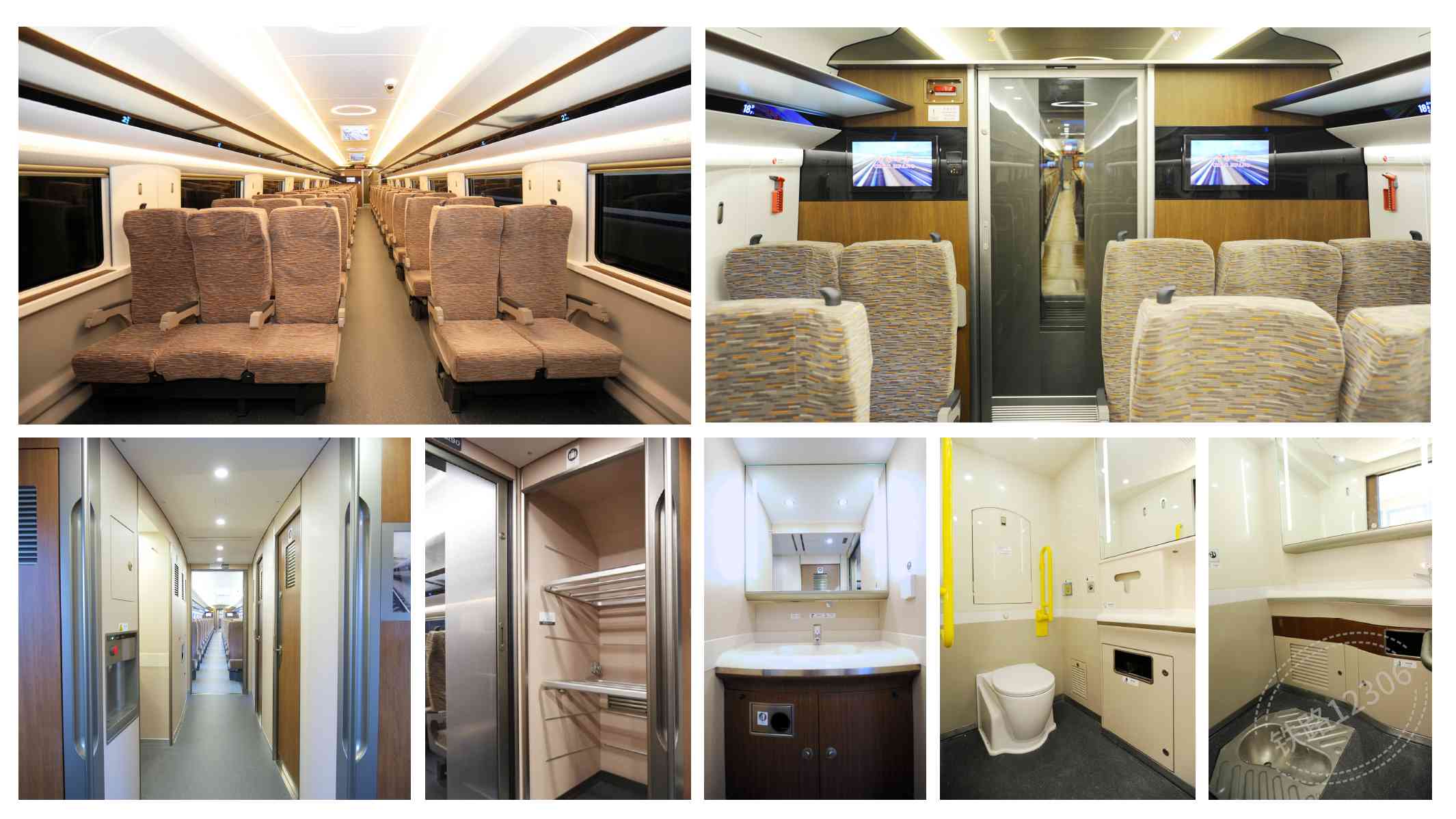
China Bullet Train 2nd Class, Image credit: Railway 12306
For budget travellers, Second Class offers the most economical way to China's high-speed rail. While more basic than First Class, it offers comfortable seats and good amenities for a low price.
The Standard Class cabin features a practical 3+2 seat configuration (three seats on one side of the aisle, two on the other). Though slightly narrower than First Class (about 43–48 cm/17–19 inches wide), the well-cushioned seats still provide reasonable comfort for medium-length journeys. The legroom (approximately 30cm between rows) is adequate for most passengers.
What makes Second Class particularly appealing is its outstanding value. On the busy Beijing-Shanghai route, a Second Class ticket costs just £56.73 compared to £95.40 for First Class - nearly 40% cheaper. For shorter trips (under 3 hours), many travellers find Second Class very comfortable.
Standard Class includes useful features:
- Fold-down tray tables on seatbacks
- Power outlets between some seats (availability varies by train type)
- Overhead luggage racks and under-seat storage
- Reading lights above each row
The cabins maintain a lively atmosphere, often filled with a mix of local commuters, students, and tourists. While slightly noisier than First Class, this can make for a more social travel experience.
Modern Fuxing trains (train numbers starting with "G" or "D") offer improved Standard Class accommodations with better seat padding and more power outlets. On these newer trains, all seats now include USB charging ports - a welcome upgrade for tech-savvy travellers.
For those watching their budget or taking shorter trips, Second Class delivers solid comfort at China's most affordable high-speed rail prices. It's particularly suitable for:
- Day trips between nearby cities
- Students and backpackers
- Travellers who prioritize savings over premium amenities
Tip: For the best Standard Class experience, try to book seats in row D or F (window seats) on newer Fuxing trains, and avoid the last row which doesn't recline.
Popular China Bullet Train Routes
| Train Route | Duration | Book Online |
|---|---|---|
| Hong Kong to Guangzhou | 47m | Book Ticket |
| Hong Kong to Shenzhen | 14m | Book Ticket |
| Guangzhou to Shenzhen | 29m | Book Ticket |
| Shanghai to Hangzhou | 39m | Book Ticket |
| Shanghai to Suzhou | 23m | Book Ticket |
| Chengdu to Chongqing | 1h 2m | Book Ticket |
| Shanghai to Nanjing | 1h 38m | Book Ticket |
| Beijing to Tianjin | 1h 2m | Book Ticket |
| Wuhan to Changsha | 1h 11m | Book Ticket |
| Train Route | Duration | Book Online |
|---|---|---|
| Beijing to Shanghai | 4h 18m | Book Ticket |
| Beijing to Xi'an | 4h 10m | Book Ticket |
| Hong Kong to Beijing | 8h 10m | Book Ticket |
| Hong Kong to Shanghai | 8h 6m | Book Ticket |
| Beijing to Guangzhou | 7h 17m | Book Ticket |
| Beijing to Chengdu | 7h 30m | Book Ticket |
| Shanghai to Chengdu | 11h 11m | Book Ticket |
| Beijing to Harbin | 4h 47m | Book Ticket |
| Beijing to Kunming | 10h 55m | Book Ticket |
China High Speed Rail Class FAQs
Can First Class passengers use VIP lounges?
No, First Class tickets include lounge access (additional fees apply). Only Business Class passengers can use these lounges at major stations.
What's the main difference between First and Second Class?
First Class offers wider seats (48cm vs 43cm), more legroom, and quieter cabins with 2+2 seating (vs 3+2 in Second Class).
Is food included in First Class?
It’s usually not included, but you can buy meals onboard or order takeout via the 12306 app (available at select stations).
Are power outlets available in Second Class?
Yes, but only between some seats on older trains. Some newer Fuxing trains have outlets/USB ports for every seat.
Can I upgrade from Second to First Class onboard?
Yes, if seats are available. Ask the conductor and pay the price difference (subject to availability).
Which class is better for families with children?
Second Class is more family-friendly with grouped seating options.

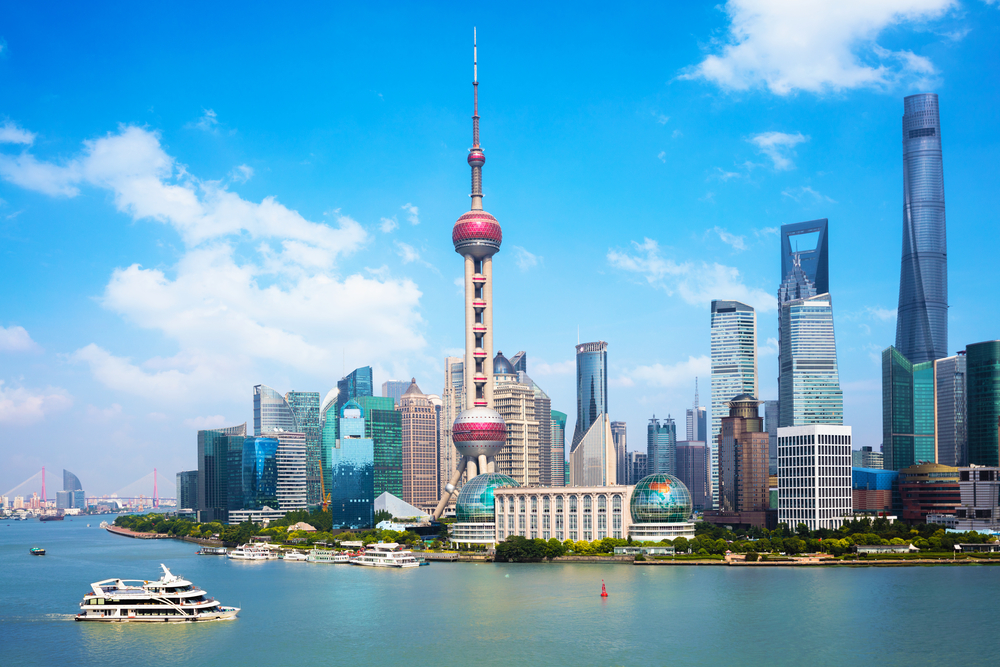

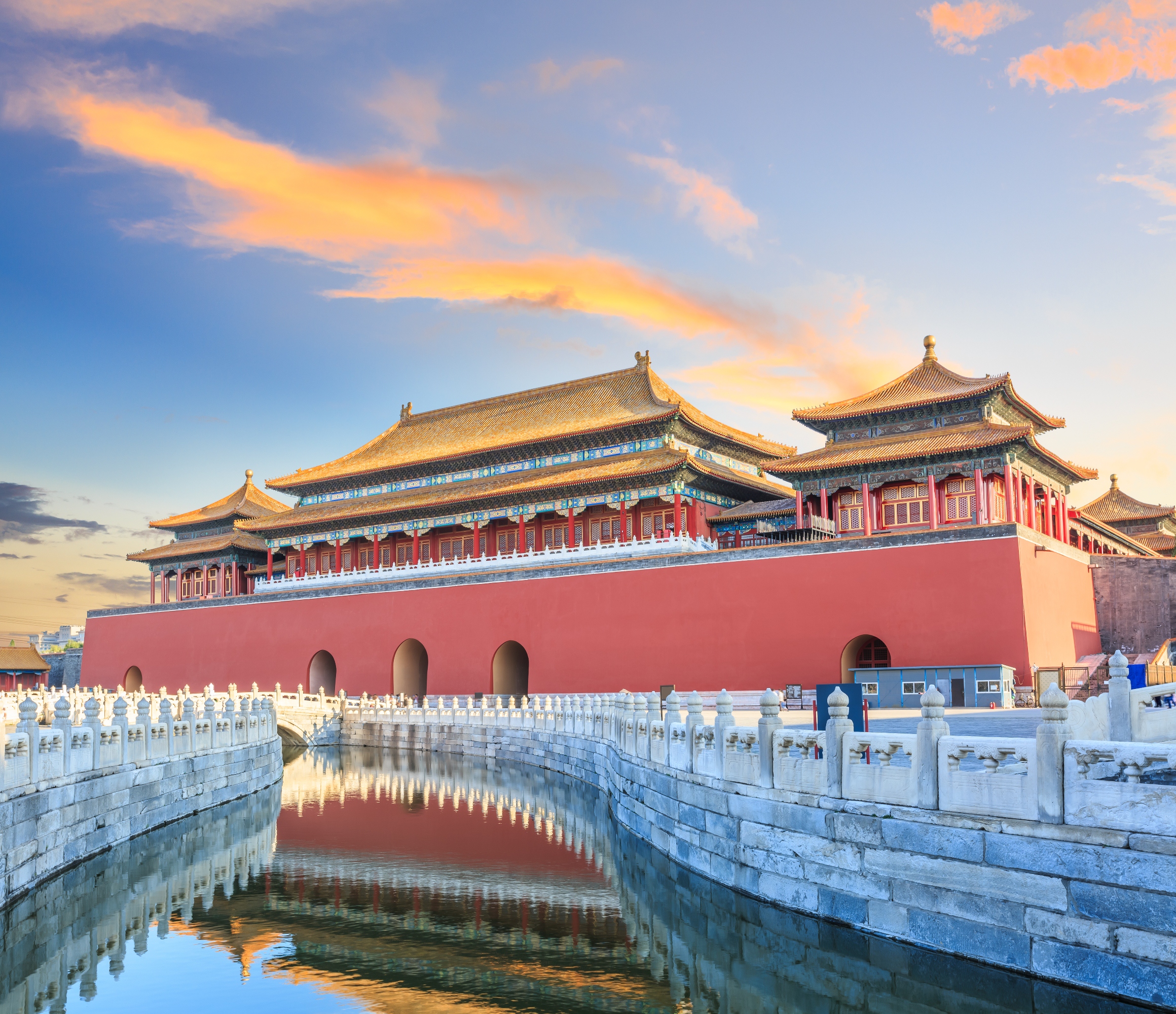

 401733 booked
401733 booked